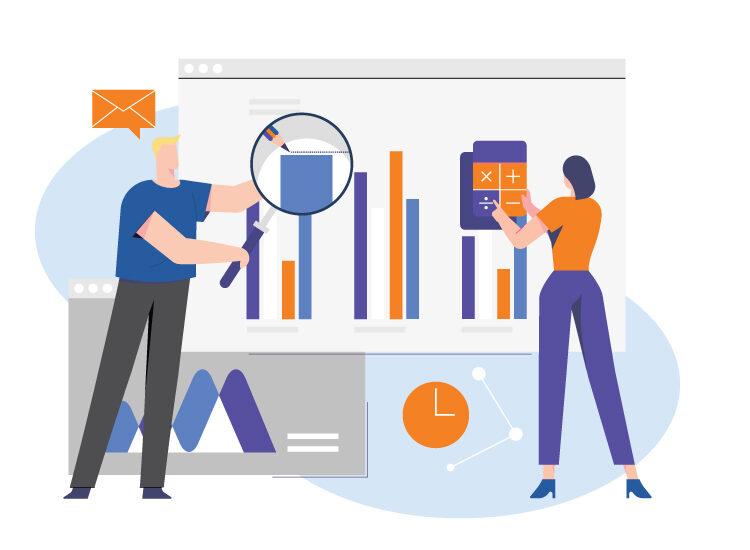Forecasting workforce management can bring many benefits to a business, including reducing the risk of staffing shortages, providing an understanding of your current staffing skill set, and streamlining your recruitment strategy based on your forecasted needs. According to the Society for HR Management: “There is now an approach for high-performance organizations to develop and sustain high-quality workforce planning programs and break down the traditional barriers to effective workforce planning. The organization must foster a data-driven planning culture and be willing to value the workforce planning process as much as the actual plan.”
Current Workforce Forecasting Techniques Available for Businesses
Successful forecasting workforce management must be a collaborative effort between managers and forecasters. A manager must supply sufficient data for the forecasts. Before that can be done, a workforce forecasting method must be chosen. Harvard Business Review defines three basic workforce forecasting types: qualitative, time series, and causal models. Once used primarily for sales forecasting, these techniques are applied to forecast factors like workforce requirements.
Qualitative Workforce Forecasting
Data analysis is difficult when quantitative data is scarce. This method includes several techniques that use qualitative data such as expert opinions in its place. It’s often used for innovative projects that may require several rounds of R&D, making workforce demands difficult to estimate.
Examples of qualitative forecasting techniques include market research and panel consensus. These and other qualitative techniques are designed to help forecasters look at qualitative data as systematically as possible to filter out biases.
Time Series Analysis and Projection
When years of workplace data are available, statistical methods can be used to create future projections. Raw workforce data is difficult to manage, so time series analysis finds trends as well as seasonal and cyclical patterns. The analysis is then used to project future workforce requirements.
This forecasting workforce management technique assumes that past data can always be used to accurately predict the future.
This may work over the short term, but in the long term is more likely to be disrupted by changes brought on by outside forces. This is an issue with statistical analysis, so many forecasters also make use of a causal model.
Causal Models
Forecasters use causal models to explore factors that may affect a forecast based on historical data. These models use mathematics to express relationships between system elements. Tools that perform the modeling are provided by software packages.
Harvard Business Review describes the causal model as the most sophisticated type of forecasting tool; it is also the best for long-range predictions. A causal model is typically dynamic and is continually being revised as more data becomes available.
Putting Company Workforce Forecasting & Planning Activities to Use
Each workforce forecasting method described here is best suited to specific types of information. When historical data is available, time series analysis can be done. In its absence, qualitative methods are appropriate. An effective forecaster will understand which workforce forecasting techniques to use, but it’s up to company leadership to supply the necessary information.
The Importance of Historical Data Interaction in Workforce Forecasting
Accurate and consistent historical data is the ideal starting point for workforce forecasting. Not having archived information about past workforce changes can really complicate the process. Given the number of digital workforce management (WFM) tools available to automatically record and store workforce information, there’s no reason to begin workforce forecasting with too little information about the past.
One of the biggest challenges for employers today is having the right people and talent in the right place at the right time with the right skills for the job.
The insights gained from workforce management forecasting and workforce forecasting tools can help decisions involving recruiting, hiring, training, and outsourcing. Being able to look at historical workforce data not only in terms of the past but also as a predictor of the future is an invaluable advantage for small business leaders.




